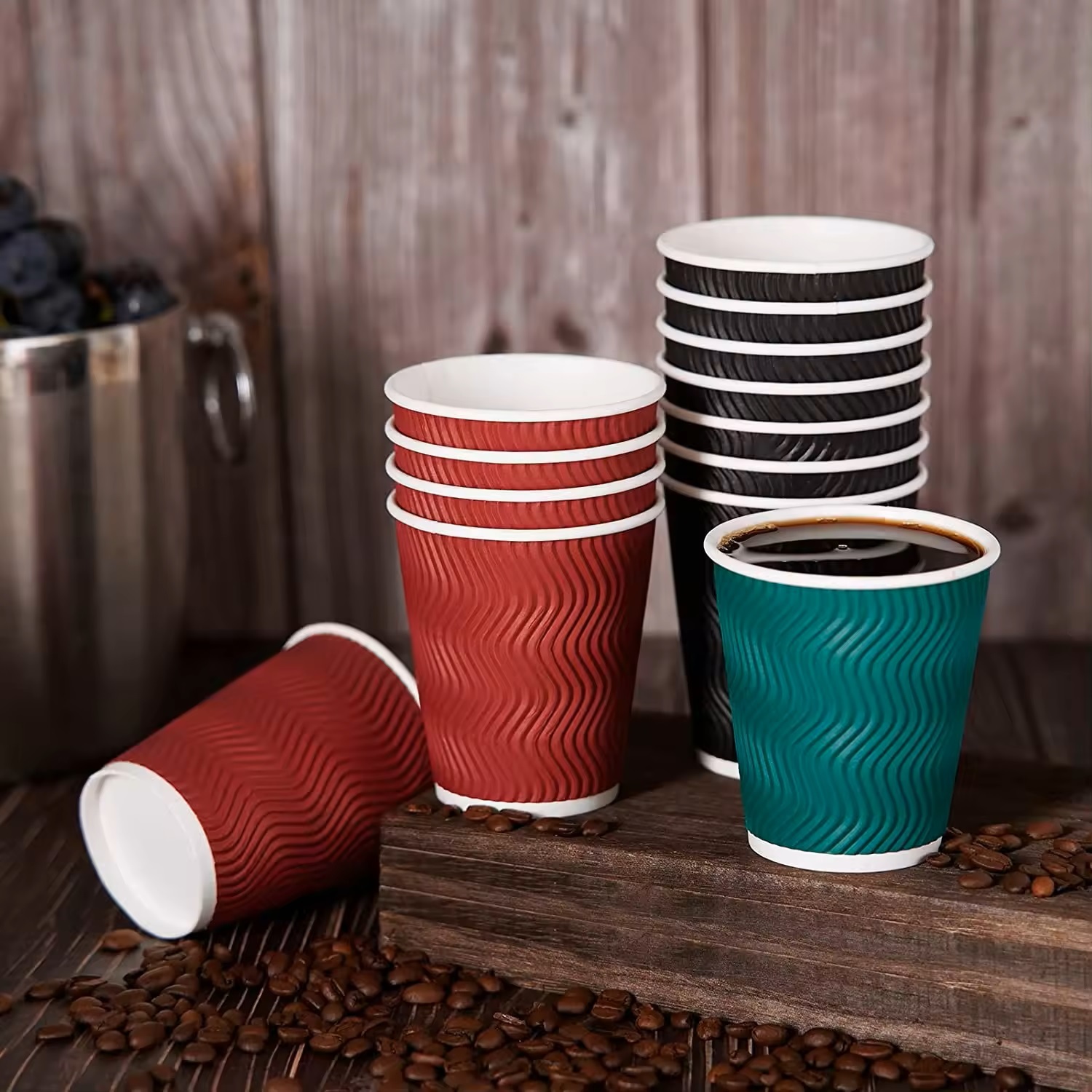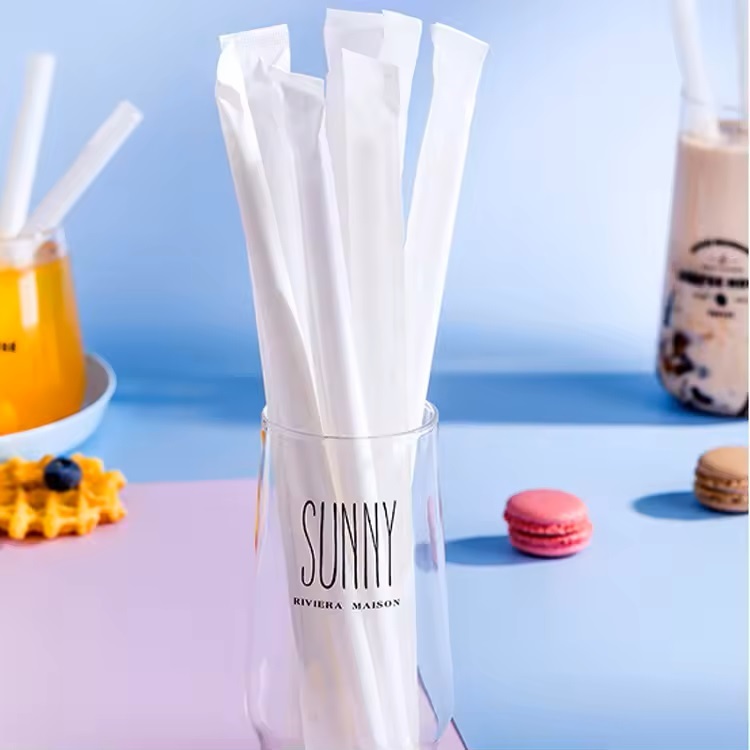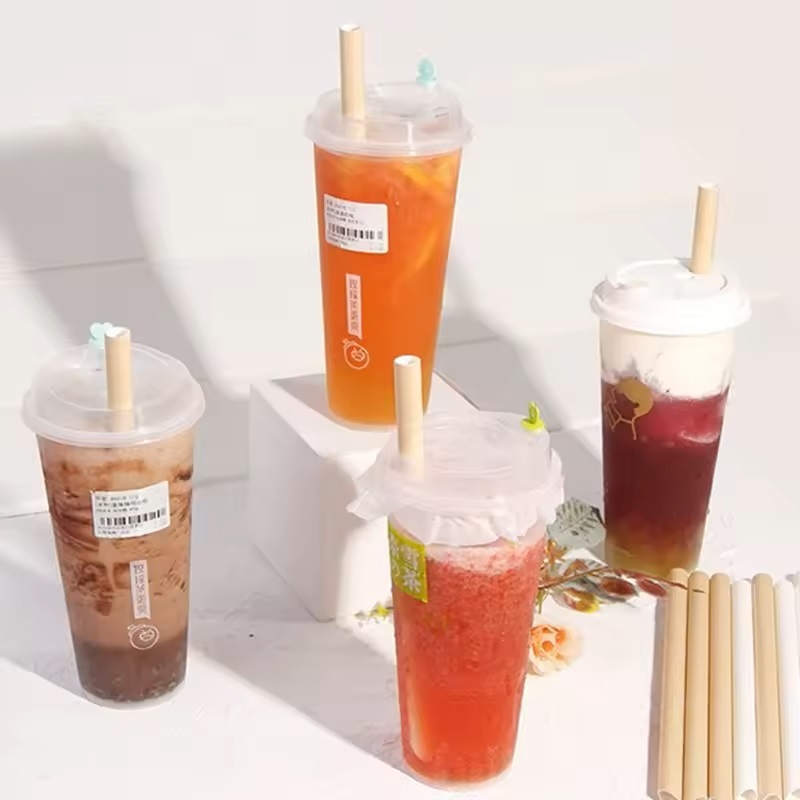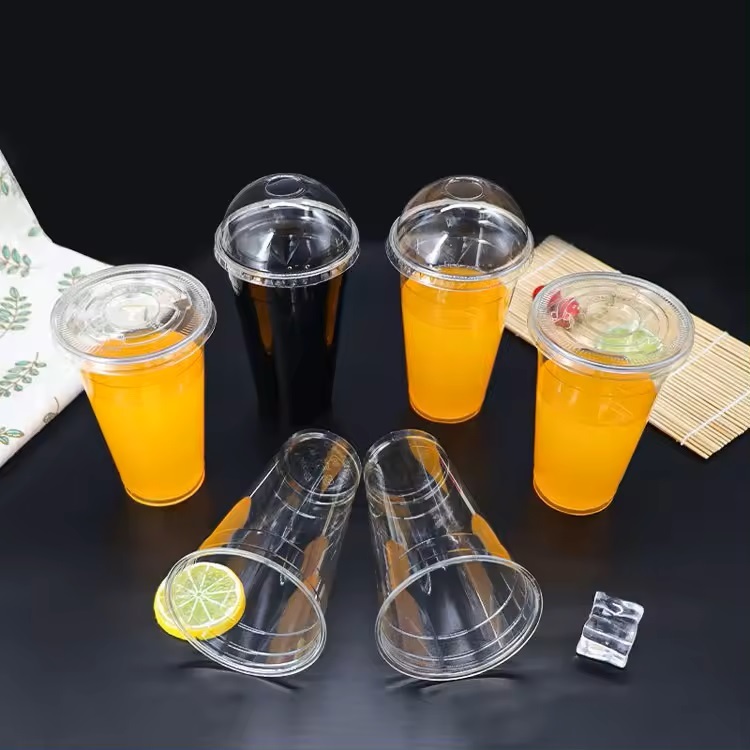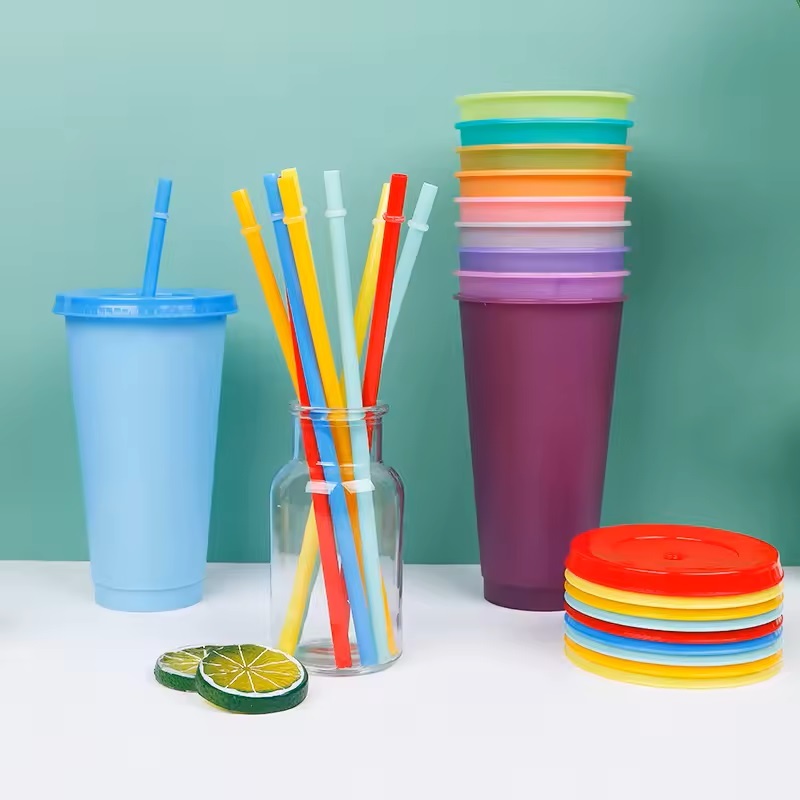Things to pay attention to when purchasing and using plastic cups
Release time:
2024-04-12
Plastic cups are cups made of plastic as the main raw material and are used to hold drinks such as water, milk, and beverages. Plastic cups have the advantages of being lightweight, easy to carry, diverse in style, and low in price. Common materials include polypropylene (PP), polycarbonate (PC), etc. my country clearly stipulates that PC shall not be used to produce plastic for infants and young children. cup. In order to help consumers purchase plastic cups scientifically and use them correctly, the following consumption tips are specially prepared.
Pay attention to the implementation standards
The implementation standards for plastic cups include "National Food Safety Standard - Plastic Materials and Products for Food Contact" (GB 4806.7-2016) and "Plastic Drinking Cups" (QB/T 4049-2021). Among them: GB 4806.7-2016 stipulates the food safety performance indicators of plastic products for food contact, including sensory requirements, total migration, potassium permanganate consumption, heavy metals (calculated as Pb), decolorization test and specific migration, etc. QB/T 4049-2021 stipulates the requirements for appearance, odor, capacity deviation, sealing performance, impact resistance, low temperature resistance, heat resistance, use performance and other requirements. Common unqualified items focus on sealing and impact resistance. Products with unqualified sealing properties are often accompanied by water leakage problems, and there is a risk of burns during use; products with unqualified impact resistance are often prone to breakage and are not resistant to falling. If food safety performance indicators do not meet the requirements, it will cause potential harm to human health.
Selection of plastic cups
One thing to look at. Qualified plastic cups have no black spots or impurities in their appearance, and label information such as product name, material, implementation standards, production date, factory name, factory address, contact information, "QS" mark and production license number should be clear and complete. Two important news. Normal plastic cups do not smell any special odor. If you smell a pungent odor after opening them, you should discard them decisively. Third, pinch. Qualified plastic cups are not easily deformed when pinched by hand, nor are they easy to soften and deform during heating and use.
Use of plastic cups
Please read the usage temperature and precautions on the label carefully and use it correctly according to the instructions.
New plastic cups need to be cleaned and disinfected before use. Plastic cups are easy to breed bacteria. The plastic surface may seem smooth, but in fact there are many tiny gaps. Bacteria can easily breed if they are not cleaned thoroughly. It is recommended to clean it every day during use, especially after containing juice, carbonated drinks, milk, coffee and other beverages. Pay more attention to timely cleaning to avoid beverages remaining in the gaps of the plastic material, causing bacterial growth. If you find that the appearance of the plastic cup is not as transparent as before, the surface becomes rough, or there are stains that are difficult to clean, it is recommended to replace it in time.
Related News



